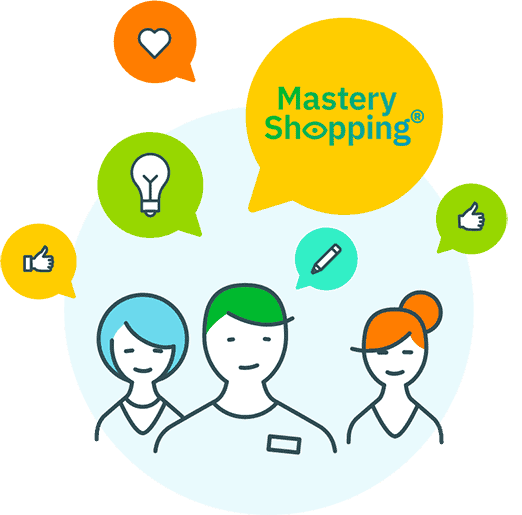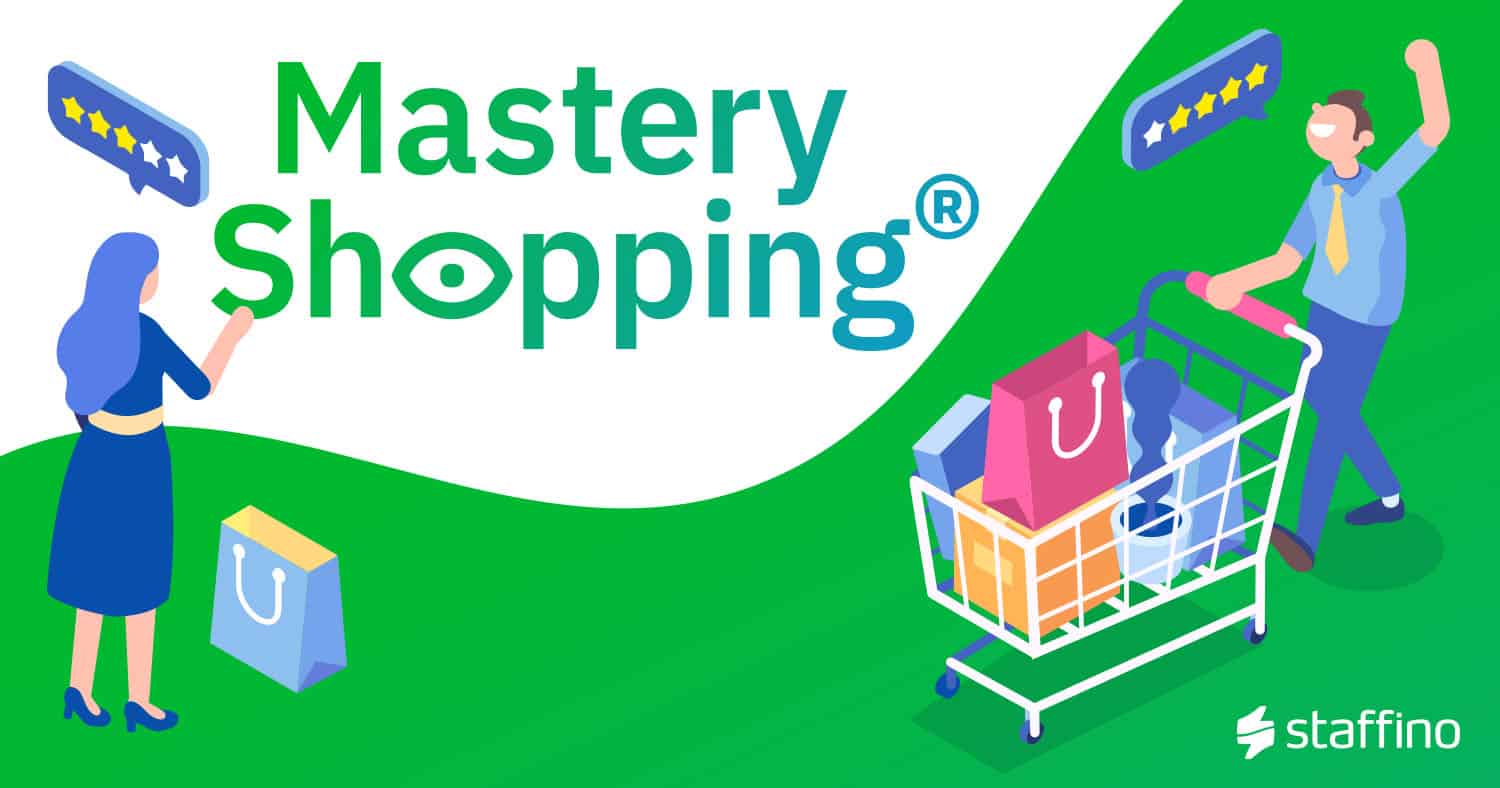Do you still use mystery shopping in 2022 and wonder why your CX isn’t changing for the better? The concept of mystery shopping has been around for about 80 years, and with the evolution of business, it needs to evolve too. Admit it, fake customers hired by a third party to inspect a store they don’t regularly visit – that doesn’t sound like the ideal method of collecting valuable, real customer experience data. The good news is that there are way more effective methods to measure your CX and increase revenue at the same time.
Pitfalls of Mystery Shopping
First and foremost, mystery shoppers aren’t your real customers. They don’t know much about the processes they assess, and the whole experience doesn’t reflect your real situation very well. These are some of the biggest shortcomings of mystery shopping:
- Inconsistent data – mystery shopping doesn’t bring enough results to be considered effective. The data are usually collected once a month or quarterly, which means they are low in volume and have a low interpretational value. Such data cannot effectively uncover the main drivers of customer dissatisfaction.
- Shoppers revealed – more often mystery shoppers are revealed by employees. Employees can fake the selling process and behave differently than towards a real customer to improve the results.
- Higher price – mystery shopping is quite expensive judging the price versus the data sets collected. In other words, you’ll invest a lot of money and won’t get much in return.

Solution? Just Use Your Real Customers!
Don’t be dependent on one mystery shopper when you have hundreds of real, opinionated customers that you can ask daily. Staffino’s Mastery Shopping® is a unique feedback campaign developed in response to clients’ demand to get more quantitative data and uncover the drivers of customer satisfaction or dissatisfaction effectively. What are its main advantages compared to the traditional mystery shopping approach?
- Big data volume collected from real customers – customer feedback is collected through shorter, more engaging surveys daily.
- No “theoretical” process – since the shopping experience is not tracked by a fictional customer, the whole process thoroughly reflects the real situation.
- Performance results are not based on one point measurement – the performance is assessed based on hundreds, or even thousands of visits.
- Modern data gathering – the feedback is requested via email/SMS shortly after the customer’s interaction with your company.
- Lower price – in most cases, you will get far more information for less money. It is estimated you can save up to 40% of your annual costs for mystery shopping.
If such data are used for the evaluation of personnel, Mastery Shopping® can also improve employee engagement and working environment, as big data could be split per individual. In this way, everybody can contribute to better results, which is considerably more motivating that the “hit or miss” approach used in traditional mystery shopping.
How Mastery Shopping® Can Improve Customer Experience and Boost Revenue

Let’s see how it works. In only 6 months of running the Mastery Shopping® campaign for Dr.Max, the 3rd largest pharma group in Europe, the company has collected a total of 31,530 pieces of feedback, with a monthly average of 5,255. This is a huge amount of real data compared to those of a single mystery shopper.
Not only did Dr.Max uncover the main dissatisfaction drivers, but the survey revealed that cross-sell and a proactive approach of pharmacists had led to more satisfied customers willing to spend 15% more per purchase. Adopting this active approach by staff in all Dr.Max pharmacies would bring about a 25% increase in incremental monthly revenue, which equals hundreds of thousands of euros every month. As a result of implementing Mastery Shopping® and acting on the findings, the company’s NPS increased from 69 to 81 between 2018 and 2021.
To Make a Long Story Short
In 2022, you no longer need to pay a third party to hire a fictive shopper to improve customer experience at your organisation. Rather than that, make Mastery Shopping® the core of your customer experience management, listen to your real customers’ feedback, and watch how it changes everything from their satisfaction to your revenue.
